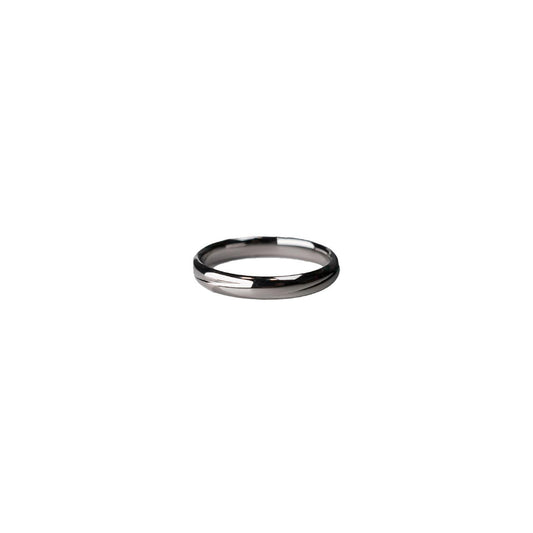Understanding the Wedding Finger Tradition
Understanding the Wedding Finger Tradition
Growing up, I always thought of wedding rings as a simple, definitive sign of love and commitment. Yet, when my cousin got engaged, a debate sparked around our dinner table about which finger the wedding ring actually belonged on. This seemingly simple question opened a gateway into a fascinating world of tradition, culture, and a slice of personal storytelling I hadn’t anticipated.
In Western culture, the tradition of wearing a wedding ring on the fourth finger of the left hand hails from the ancient Romans. They believed in the "vena amoris," or the vein of love, which they thought ran directly from this finger to the heart. It’s an idea drenched in romanticism, fitting for the symbol of eternal partnership. While science has dashed the anatomical accuracy of this notion, the tradition remains intact, a comforting thread connecting us to the past.
However, not everyone abides by this custom. In some countries, like Germany or Russia, the wedding ring finds its home on the right hand. This divergence adds an intriguing layer to the conversation about matrimonial norms and how they shift across cultures. What’s especially interesting is how these practices can reflect societal values—some cultures emphasize the right side as dominant, conferring a sense of righteousness and strength.
I remember my great aunt sharing her own experience when she temporarily moved to Spain. She couldn’t bring herself to switch her wedding ring to the “Spanish finger” despite her friends' insistence. To her, the left hand felt right, no pun intended. It’s a testament to how personal these rituals can be, beyond any cultural guidelines.
On a more personal note, choosing the material and style of the ring itself is another layer of this multifaceted tradition. While some opt for the classic gold band, more couples today are exploring unique materials like titanium or even wooden rings, reflecting their personal stories and values. There’s something charming about a ring that tells a story—perhaps crafted from the gold of a family heirloom or engraved with a personal emblem.
Amidst all these considerations, the essence of the ring remains unchanged: a powerful symbol of unity and love. Whether it graces your left or right hand, or it’s made of silver, gold, or something entirely different, the meaning it holds is universal, echoing the vows exchanged on that significant day.
So, if you ever find yourself in a discussion about which finger to adorn with that significant band, remember: it's about what resonates with you. The left hand might carry centuries of tradition, but it's your personal connection and commitment that truly matter. After all, every couple writes their own chapter in the ever-evolving story of love, one where the ring is only the beginning.


























